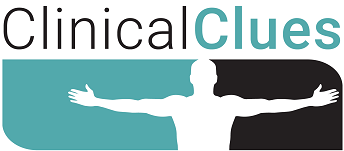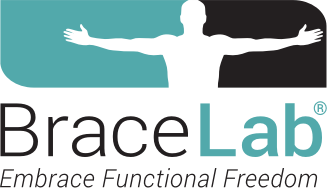Enhancing Ankle Injury Treatment: Moving Beyond the Walking Boot

September 2023 No. 34
Enhancing Ankle Injury Treatment: Moving Beyond the Walking Boot
by Jerry Ditz, DPT, Dip. Osteopractic, Cert. SMT, Cert. DN
An Unsurprising Outcome
While walking her dog, Sally accidentally stepped off the edge of a sidewalk sustaining a grade three lateral left ankle sprain. As a 34-year-old restaurant owner, she has a busy and demanding lifestyle.
A fracture was ruled out at her urgent care visit, and she returned home fitted with a walking boot, axillary crutches, and a referral for physical therapy (PT). She was allowed weight-bearing as tolerated and instructed to wear the walking boot full time for six weeks.
Two weeks later Sally was seen in PT due to her 7/10 right-sided low back pain when walking for more than five minutes. She needed to continue working to run her restaurant, which required constant standing and walking.
As expected, the gait analysis in the boot demonstrated the same gait changes as seen with a leg length discrepancy (Gulgin, et al.)


Having to wear the walking boot to protect her ankle sprain prevented Sally from eliminating the cause of her low-back symptoms: the abnormal gait created by the boot! Therefore, not unexpectedly, she achieved only minimal symptomatic relief while wearing the walking boot even though her therapy interventions focused on reducing her intense back pain.
After six weeks, Sally began weaning herself from the walking boot and her low back symptoms fully resolved before her next therapy visit. A new gait analysis without the boot was compared to her previous analysis in the boot:


What Can We Improve?
Clinical scenarios like Sally’s are common. The walking boot is a useful solution for acutely injured patients because it protects a wide variety of foot and ankle injuries, and it can also be used while awaiting further diagnostic imaging/testing.
But as convenient and safe as the walking boot is for acute ankle sprains, is it the preferred long-term solution considering the change in gait it always creates? Is there a better option for patients? Does the patient need this level of immobilization for an ankle sprain if a fracture is not present?
The specific treatment goal for a lateral ankle sprain should be to prevent ankle inversion while the ligament heals. The ideal product should therefore prevent ankle inversion while maintaining as much other ankle function as possible. Most of all, the chosen product should not create symptoms elsewhere. Below is a comparison of how using a different device would have impacted Sally more positively during her initial weeks of treatment.


The time and effort Sally invested in coping with low back pain severely impeded her ability to run her restaurant. It is easy to think of how her low back pain could have been avoided if she had not been required to spend 6 weeks with an abnormal gait in the walking boot.
In contrast to Sally’s recommendation for six weeks in her walking boot, Vuurberg, et al. in their consensus article in the British Journal of Sports Medicine (free access), recommend the use of functional support and exercise therapy because it provides better outcomes than immobilization. They further recommend, “If immobilization is applied to treat pain or edema, it should be for a maximum of 10 days after which functional treatment should be commenced (level 2).”
The recommended “functional treatment” is an ankle brace or taping for 4 to 6 weeks instead of immobilization. Vuurberg, et al. further clarify: “The use of an ankle brace shows the greatest effects compared with other types of functional support (level 2).”
We encourage our readers to thoroughly review Vuurberg, et al.’s consensus article since lateral ankle sprain is a common diagnosis we treat. Sally spent several weeks with high levels of low back pain because of a generalized treatment approach. Once assured of the precise diagnosis, we should focus on the best treatment for that specific injury.
Download Clinical Clue No. 34, Enhancing Ankle Injury Treatment: Moving Beyond the Walking Boot, September 2023
© BraceLab; 2023 all rights reserved
Disclaimer: BraceLab Clinical Pearls are intended to be an informal sharing of practical clinical ideas; not formal evidence-based conclusions of fact.
